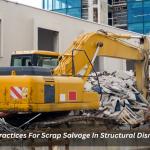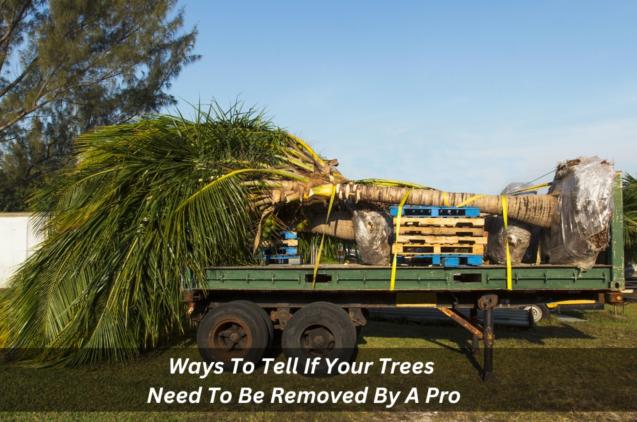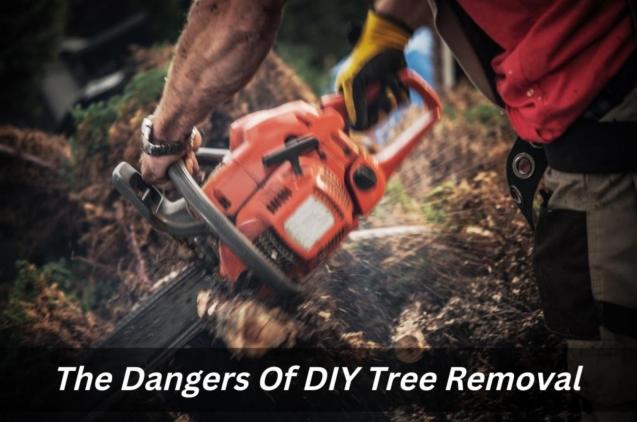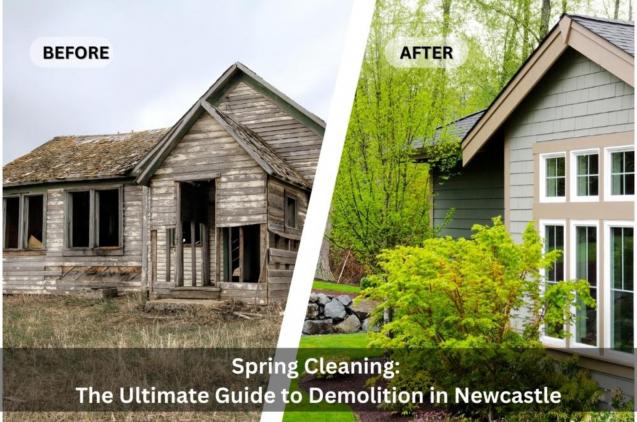
5 Best Practices For Scrap Salvage In Structural Dismantling
Structural Dismantling can be both a time-consuming and expensive process. There are so many factors to consider, ranging from safety to the preservation of valuable materials. It is often difficult to determine which practices are best for salvaged materials when tearing down an older building or structure.
Structural dismantling involves the careful disassembly of buildings and other structures in order to salvage or reuse materials. Many demolition projects involve salvaging scrap metals and other useful materials. These can require specific best practices in order to ensure that the project is safely and properly completed.
Utilising industry best practices in structural dismantling is a great way to maximise scrap salvage during projects. Here we will discuss 5 important strategies that should be implemented when performing structural dismantlings that specifically focus on scrap salvaging.
Wear the appropriate personal protective equipment (PPE)
The most important safety measure when undertaking any sort of structural dismantling is to wear the appropriate PPE at all times. This could include full face masks, goggles, gloves, overalls, and appropriate footwear. Asbestos removal, for example, would require protection. You should also ensure that anyone else on site is equally well protected.
Use proven dismantling techniques
When it comes to performing structural dismantling, it is essential to employ proven dismantling techniques. This is to achieve the most effective results. This includes using specialised demolition equipment such as hydraulic excavators with shears. They can cut through steel piers and beams more efficiently than manual methods.
Create a salvage plan before starting work
Before work starts on any structural dismantling project, it is important to create a detailed salvage plan for demolition waste. This should include an assessment of metal types present at the job site. Examples are wood products, steel, aluminium, copper, and brass.
That way, each metal type can be properly separated for maximum profit potential. It should also include safety protocols for working with hazardous materials in waste management.
Proper planning and documentation
It's essential to plan out a work schedule and document it properly before any kind of demolition or cutting begins. Make sure you obtain any relevant permits and approvals in advance. Make a thorough inspection of the building site before starting work. That way, you can identify any potential hazards such as hazardous materials or loose surfaces.
It's also important to keep all workers updated throughout the process with any changes in plans or schedules. That way, they above prepared as safely as possible.
Select the appropriate transportation method
When salvaging scrap from structural dismantling sites it is important to select appropriate transportation methods for different metal kinds.
Structural steel needs to be transported separately from non-ferrous metals. This is due to weight differences caused by higher rigidness ratios of ferrous building elements compared with smooth non-rigid elements.
Using flatbed trailer trucks can help minimise transportation costs while providing the necessary protection against load shifting during transportation. This can be very useful for both construction and demolition.
Ensure proper site cleanup after finishing work
After finishing work at any structural dismantling site, all debris must be properly collected and disposed of. This should be done according to local laws and regulations. Proper cleanup of the salvaged building will also help protect against environmental damage.
These are usually from pollutants entering nearby water sources or soil pollution. This can happen due to chemical leaks from demolished structures.
Scrap salvage and recycling practices
Many pieces of scrap metal can be salvaged during structural dismantlements. You not only perform a service in tearing down old structures but also help reduce your carbon footprint. You can achieve this by reusing resources instead of sending everything off for disposal. You can also melt them down for materials recycling plants.
Be sure to do extensive research on what types of metals are available for salvage. Thereby avoiding illegal scrapping activities such as copper wire stripping from electrical boxes or live wires etc.
Make sure that all hazardous materials are disposed of within regulations set forth by local authorities. Do this prior to commencing any work too. Look up recycling construction for more details.
Enlist professional site assessment services
It’s always wise to enlist professional demolition services when dealing with any kind of activity that has potentially dangerous implications. Demolition is one of them! Having an experienced professional assess your construction site before starting a project is important. It can provide valuable insight into how best to reach desired goals.
Especially the ones without placing personnel at risk who may become injured. This is due to either too unsafe working conditions or errors made during the job performance process itself.
Structural dismantling insurance
No matter how prepared you may be accidents can happen even with professional help. So it's always wise to invest in comprehensive structural dismantling insurance coverage before undertaking any large-scale project like this. Comprehensive cover protects against damage caused by fire, theft vandalism, or other catastrophic events.
It can also cover medical expenses if someone, unfortunately, suffers an injury while working onsite. Finding an adequate policy may involve several trips between providers so make sure to insure yourself accordingly prior to starting major projects.
For the best experience, contact demolition services in Central Coast today.



